Strathcona County masters feature-style story structure
Here’s the good news: You already know how to organize your copy.
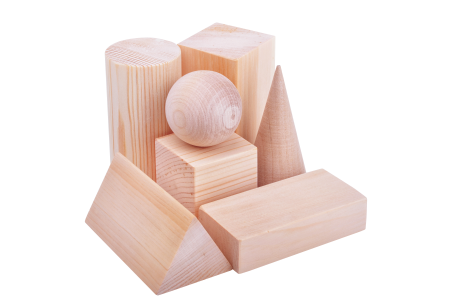
Just think back to what your third-grade English teacher taught you. Most pieces of writing have three sections:
- Introduction: the beginning
- Body: the middle
- Conclusion: the end
That makes writing a feature story as easy as 1-2-3.
Feature structure works well for blog posts, social media posts and other types of content.
A fill-in-the-boxes structure
Draw these three sections on a piece of paper, and your piece of content looks like this:
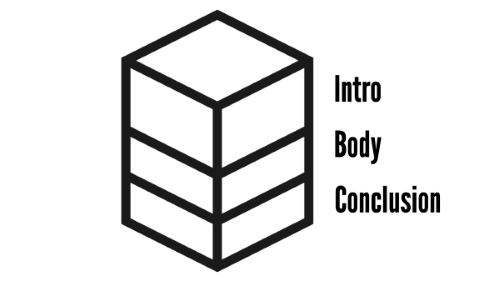
OK, so it’s not quite that easy. Because each of those sections has its own parts.
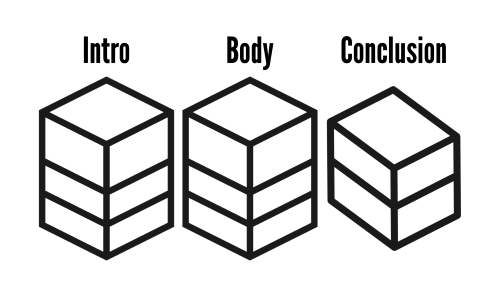
So what goes into each box?
Introduction
The introduction has three parts: the lead, the nut graph and a background section.

1. Lead
The lead’s job is to grab attention and pull readers into the piece. The best way to do that is to write a lead that’s concrete, creative and provocative.
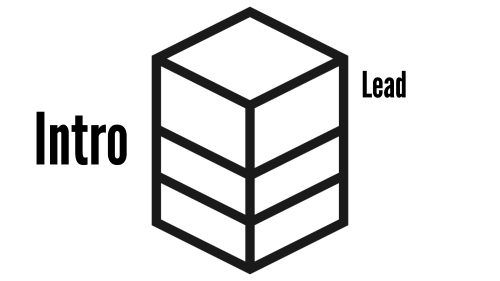
In one of my favorite befores-and-afters ever, here’s a lead by Elizabeth Tadman-Kickham, a communication specialist for Strathcona County, Canada, before applying the feature-style story structure:
But by the end of my Catch Your Readers Master Class, Elizabeth had totally rewritten her piece. Here’s that lead after mastering this approach:
Nut graph
Once you grab attention in the lead, you need to tell readers where you’re taking them. Do that in the nut graph, where you put the story into a nutshell.
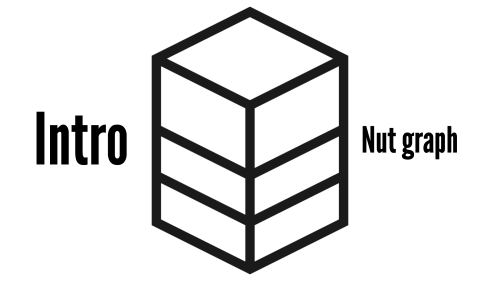
There’s no nut graph in the before example, because there’s no nut graph in an inverted pyramid.
The nut graph in the after version puts the story into a nutshell:
Background section
The background section — aka the blah blah — is the boring but necessary information in the story. It might include broader context, a definition or a history or trend.
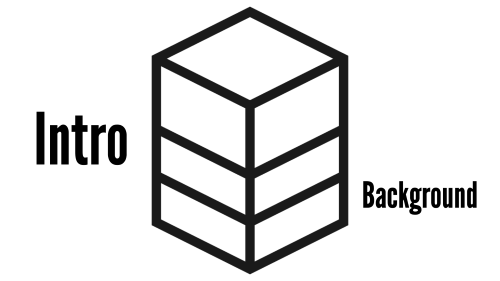
Keep the background to the third paragraph. Don’t let it bubble up to the lead.
Elizabeth Tadman-Kickham’s original story didn’t have a background section. Inverted pyramids don’t have them, and she’d used up all of her background in that (definition) lead.
Here’s the background section in her rewrite:
Body
In the body, you build out the story into clear, logical parts. To help web visitors find what they’re looking for, label the parts with subheads or bulleted lists with bold-faced lead-ins.

Here’s the body of Elizabeth Tadman-Kickham’s original piece:
Opening Ceremonies Fireworks – weather permitting
- Wednesday, August 27 at 10 p.m.
- Public viewing at the Kinsmen Leisure Centre
- 2001 Oak Street, Sherwood Park.
55+ Health & Wellness Expo
- Thursday, August 28 from noon to 8 p.m.
- Millennium Place
- 2000 Premier Way, Sherwood Park
Ardrossan Mini Art Market – weather permitting
- Thursday, August 28 from 11 a.m. to 3 p.m.
- Ardrossan Recreation Complex
- 80-1 Avenue, Ardrossan
Art: Objet de Sport, an exhibit celebrating Canadian and Olympic sport and recreation.
- On until September 6
- Gallery@501
- #120, 501 Festival Avenue
Her rewrite is much tighter and invites readers in:
- August 27 – Opening Ceremonies Fireworks at Broadmoor Lake Park
- August 28 – 55+ Health & Wellness Expo at Millennium Place
- August 28 – Ardrossan Mini Art Market at Ardrossan Recreation Complex
- July 10 to September 6 – Art: Objet de Sport at Gallery@501
Conclusion
The conclusion has two parts: a wrapup and a kicker.

Wrapup.
In the wrapup, you will call readers to action or summarize the key message.
Elizabeth Tadman-Kickham’s original wrapup:
Her revision is a bit more streamlined:
Kicker.
To leave a lasting impression, go with a kicker that’s concrete, creative and provocative.
The great thing about inverted pyramids is that when you get to the end, you just stop typing. That’s why Elizabeth Tadman-Kickham didn’t include a kicker.
But features require an ending. Here’s the kicker from Elizabeth’s rewrite:
This to me is the least satisfying part of Elizabeth’s rewrite. I wish instead she had circled back to the top and quoted Florence Storch, that 101-year-old woman who’s running around with a pointed stick and knows how to use it. Maybe something like:
How to organize content
Regardless of which social media platforms you use or where you publish content, make the feature structure part of your content creation process. It’s one of the best content marketing strategies there is.
[Looking to develop content calendars or editorial calendars? Looking for marketing software for your marketing campaign, marketing team or marketing plan? Looking for management tools like Word docs, Google Drive or Team Works? Want tips for team members or B2B marketers? We hope you find these tools useful.]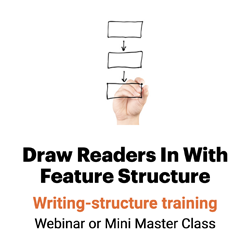
Leave a Reply